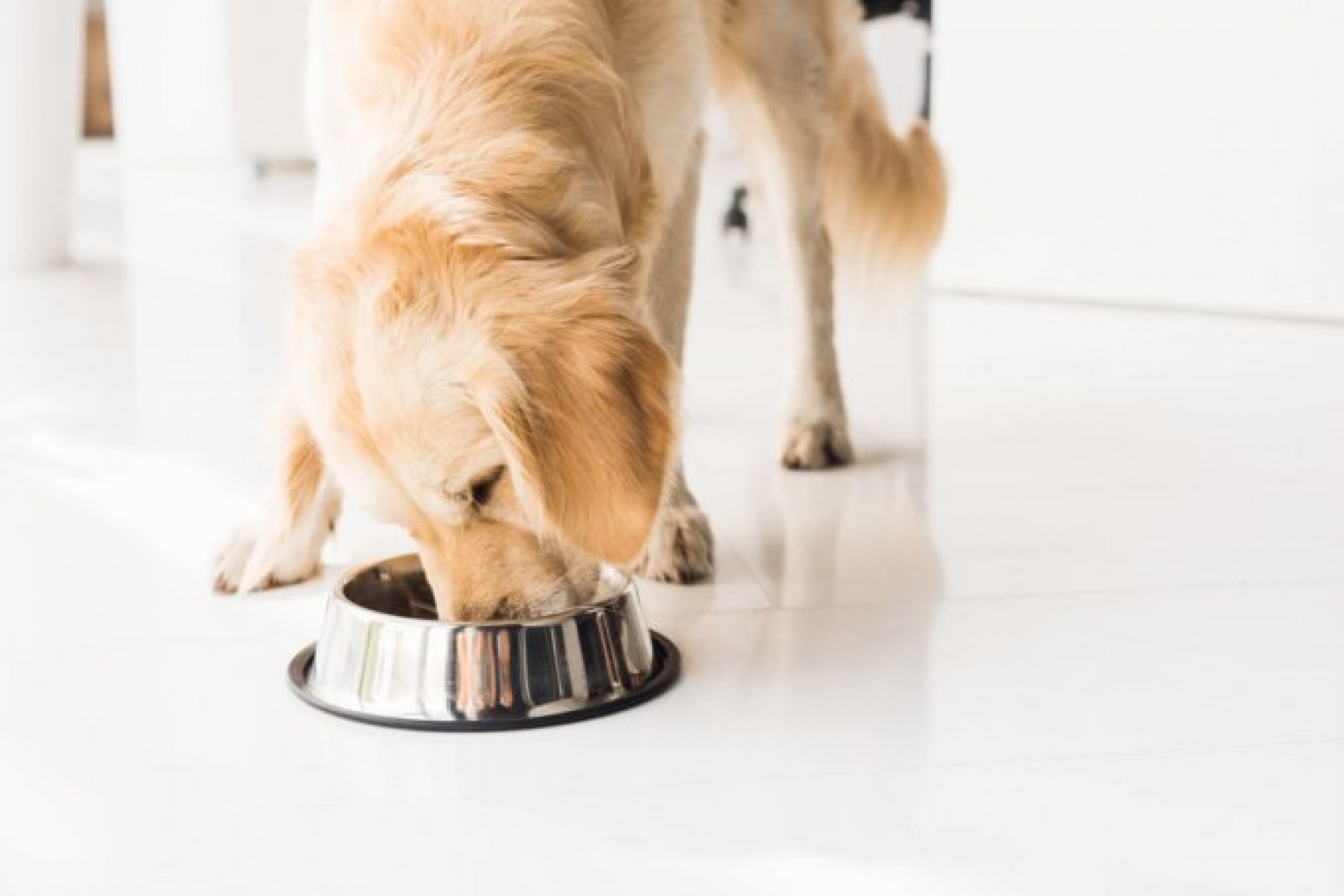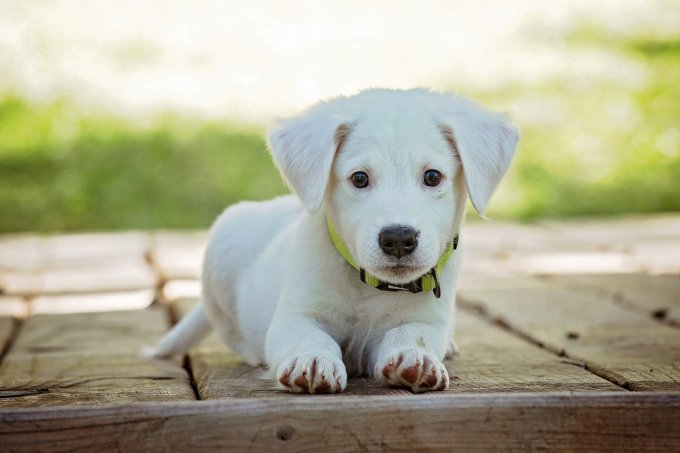Feeding your dog without secrets - check how to do it right

Saturday, 27 April 2024

How we feed our pets is one of the most important areas of caring for them. It is also a way of showing them our love, building relationships, caring for the sparkle in their eyes and the curiosity with which dogs can explore the world every day. So what should feeding your dog look like? Get to know the key principles!
What we feed our pets is fundamental. Whether wet or dry, the food that you feed your dog should be complete. This means that they are complete, i.e. they have all the nutrients necessary for proper functioning (macro- and micro-nutrients), as well as balanced, which means that the ingredients mentioned here are in the right proportions. Why is this important? Let's take as an example elements such as calcium and phosphorus. Both are crucial for your pet's skeletal system, but if they're given in the wrong proportions to each other, they can have a negative effect instead of supporting it.
Are you now wondering if it's possible to feed your dog food that you prepare yourself at home? Yes, it is possible, but it is extremely difficult. It requires specialist knowledge, good quality ingredients that will be processed in the safest way for our pets and also time - so precious in today's busy world. So it's better to leave it in the hands of experts and bet on professional, ready-made food. Their preparation and composition are subjected to rigorous controls. What's more, specialists also make sure that meals served to our canine companions are tasty - because eating should also be a pleasure!
It is very important to keep a regular schedule for our pets. For this reason, we should base our feeding on fixed times. Adult quadrupeds are normally fed two meals a day - in the morning and in the afternoon or evening. However, it's important to observe your pet and if such system doesn't suit him, adjust it to his needs - individual approach is the most important. The food bowl is left out for a maximum of 30 minutes, after which the leftovers should be cleaned up. Your dog then gets his next meal at the next set time.
And how does it look like with walks? Four-legged dogs should eat when they get home, at least 15 minutes after a walk. Eating before going out can lead to dangerous stomach distension and torsion. However, it is worth emphasizing that the last walk, to avoid unpleasant surprises at night, should take place after dinner. Feeding the dog should then take place about an hour or even two before leaving (this applies especially to breeds that are particularly predisposed to the aforementioned difficulties with the digestive system).

An individual approach is essential - the amount and composition of meals depend on many factors, including breed, age, body weight, health and even coat type of our dog. Let's take it all into account - proper dog feeding will allow us to give our beloved pets the best!